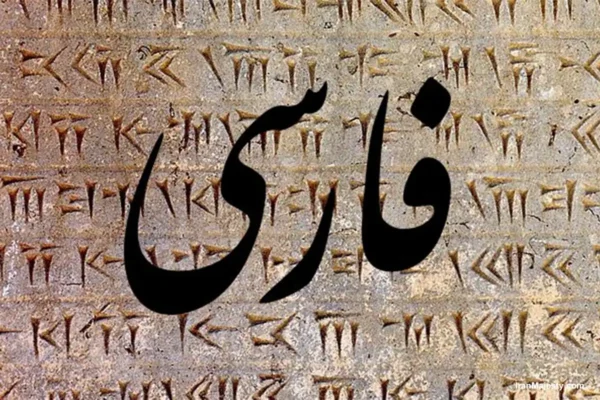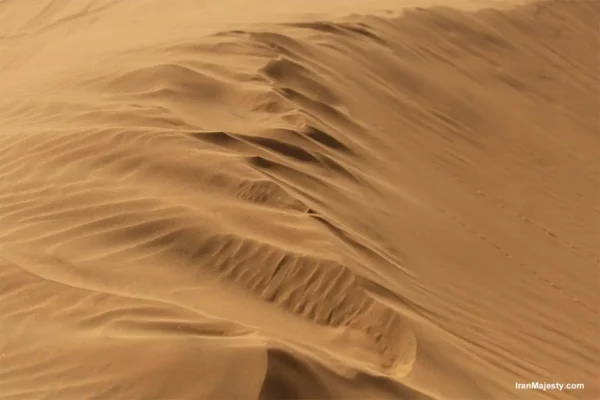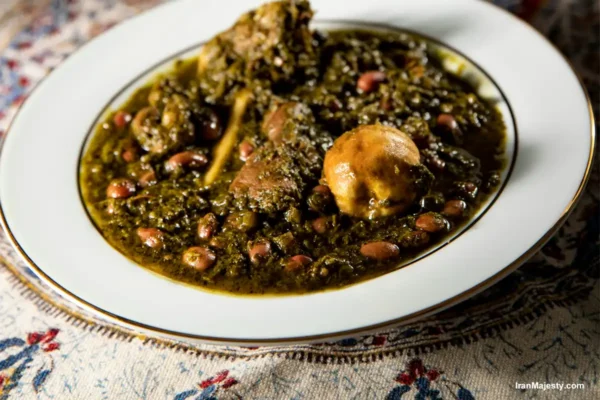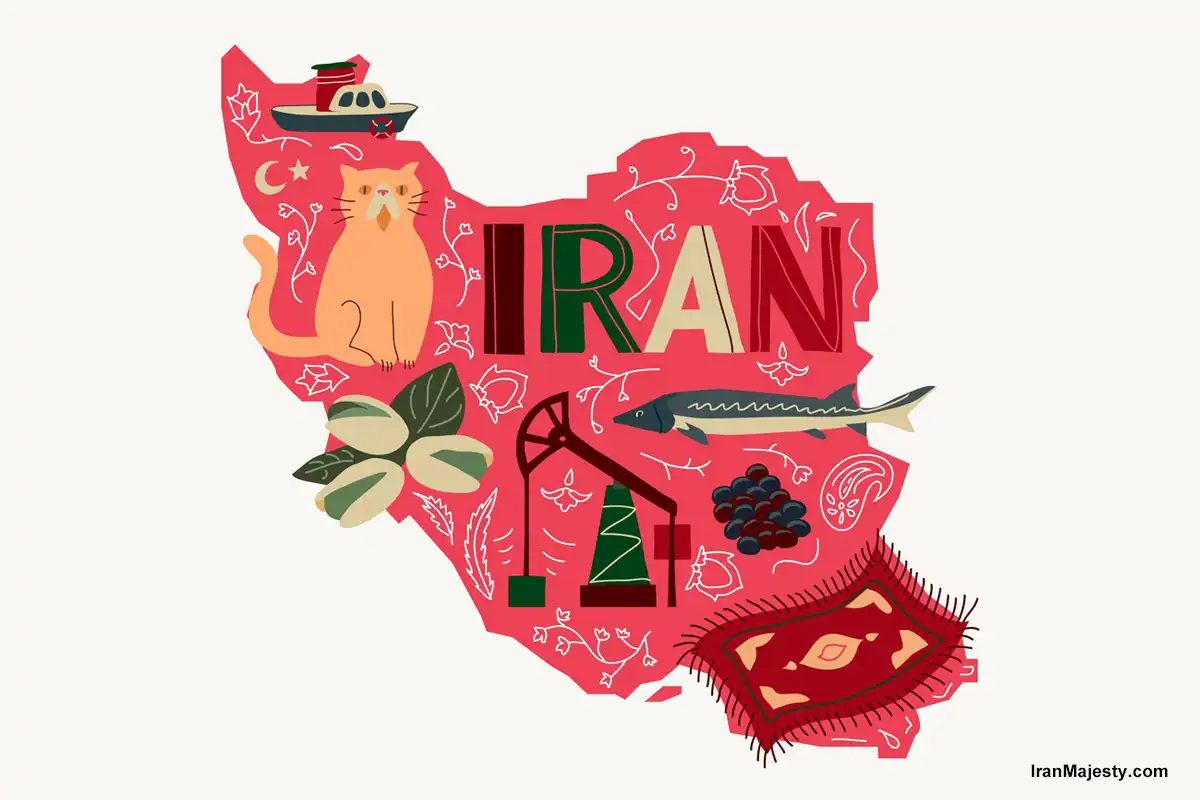Fascinating Facts About Iran: Iran, often known as Persia in ancient history, is a country rich in culture, history, and beauty. Situated in the heart of the Middle East, it’s a unique blend of modern cities and ancient traditions. If you’re curious about Iran or planning to visit, here are some interesting facts about this amazing country.
Language
The official language of Iran is Persian, also known as Farsi. Persian is one of the oldest languages in the world, with a history that goes back more than 2,500 years. While Persian is the primary language, many people in Iran also speak regional languages and dialects like Kurdish, Azerbaijani, and Luri. English is also increasingly understood in major cities, especially among younger generations.

Currency
Iran’s currency is the Iranian Rial (IRR), but prices are often quoted in “Tomans” for convenience. One Toman is equal to ten Rials, and the distinction can be a little confusing for visitors at first! In recent years, there have been discussions about changing the currency, but for now, visitors should be prepared to handle Rials.
Main Cities
Iran’s cities are diverse and each has its own unique charm:
- Tehran: The capital city and the largest in Iran, Tehran is a bustling metropolis with a mix of modern and traditional architecture, numerous museums, and cultural attractions. It’s also home to the Golestan Palace, a UNESCO World Heritage Site, and the stunning Milad Tower.
- Isfahan: Known for its beautiful architecture and Islamic art, Isfahan is often called “half the world” due to its breathtaking landmarks like the Naqsh-e Jahan Square and the Shah Mosque. It’s a must-visit for anyone interested in history and culture.
- Shiraz: The city of poets, literature, and gardens, Shiraz is famous for its connection to legendary Persian poets Hafez and Saadi. It’s also close to the ancient ruins of Persepolis, a former capital of the Persian Empire.
- Mashhad: Located in northeastern Iran, Mashhad is a holy city for Shia Muslims and home to the Imam Reza Shrine, one of the most important pilgrimage sites in Iran.
- Tabriz: Known for its historical significance and the Tabriz Bazaar, a UNESCO World Heritage Site, Tabriz has long been a center of Persian culture and commerce.
Religion
While the official religion in Iran is Shia Islam, the country’s spiritual landscape is diverse and nuanced. Most Iranians identify with Shia Islam, but Iran also has communities of Sunni Muslims, Christians, Jews, and Zoroastrians, each contributing to the country’s cultural richness. In recent years, however, many in the younger generation have taken a more secular or non-religious approach, with some distancing themselves from organized religion. This shift reflects a trend toward a more personal or open-minded view of spirituality among the youth, influenced by global perspectives and social changes.
Geography and Climate
Iran’s geography is incredibly diverse, offering something for every type of traveler. You can experience:
- Mountain ranges like the Alborz and Zagros, which provide excellent skiing and trekking opportunities.
- Deserts such as the Dasht-e Kavir and Dasht-e Lut, where you can experience unique natural formations and stargaze under clear skies.
- Coastal areas by the Caspian Sea in the north and the Persian Gulf in the south, perfect for beach lovers and water sports enthusiasts.

Iran’s climate varies greatly depending on the region, with cold winters in the mountains and hot summers in the deserts, so plan your visit accordingly!
Cultural Heritage and Traditions
Iran’s culture is rich and diverse, influenced by thousands of years of history. Persian traditions are evident in poetry, calligraphy, and carpet weaving. Festivals like Nowruz (Persian New Year) and Yalda Night (celebrated on the longest night of the year) offer insights into Iranian customs. UNESCO recognizes many aspects of Iranian culture, including the Persian art of carpet weaving and traditional Iranian medicine
Cuisine
Iranian food is flavorful and often prepared with fresh herbs, spices, and rice. Signature dishes include:
- Kebabs served with saffron rice
- Ghormeh Sabzi, a traditional herb stew
- Fesenjan, a pomegranate and walnut stew
- A variety of fresh breads and sweets, such as baklava and saffron ice cream

Eating together is an essential part of Iranian culture, and guests are warmly welcomed with meals shared among family and friends.
Iran is a unique blend of the ancient and the modern, offering visitors insights into a world that few places can match. As a travel destination, it combines breathtaking landscapes, a rich cultural heritage, and a warm, welcoming population, making it an unforgettable experience.
Final Thought: Plan Your Trip!
If you’re intrigued by Iran’s history, diverse landscapes, and rich culture, consider making it your next travel destination. The country’s vibrant tapestry of ancient architecture, flavorful cuisine, and unique traditions make it a true gem in the Middle East. Each city and region has its own charm and story to tell. From the bustling streets of Tehran to the serene gardens of Shiraz, Iran promises a travel experience like no other.
“Here’s a wonderful video by Complete Facts Online that dives deeper into Fascinating Facts About Iran. We’ve embedded it here to provide you with additional insights and visual understanding—credit goes to the creator for their excellent work.”

Footnote: Have any questions or want to share your thoughts? Leave a comment below! If you found this article helpful, please share it with others curious about Iran.
For more detailed information on Iran, check out Enjoy Travel ‘s page on Fascinating Facts About Iran.


0 Comments